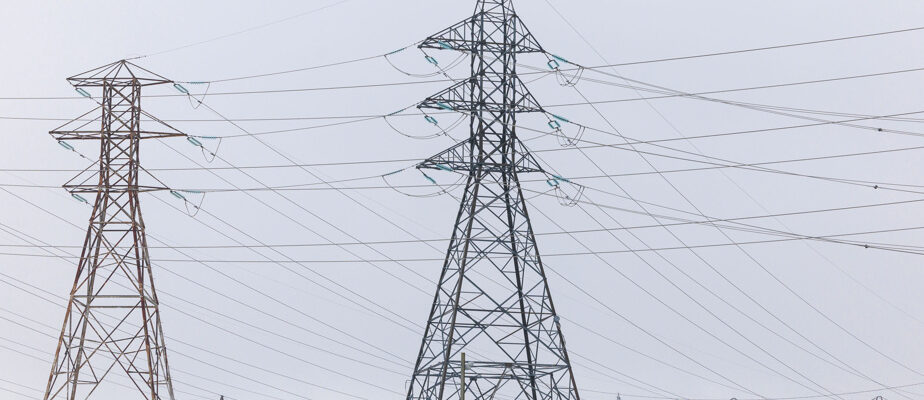(Montreal) The geomagnetic storm currently taking place on Earth did not cause any power outages in Quebec, instead leaving its mark in the sky, while northern lights were seen in several places in the province on the night of Friday to Saturday.
No power outages had been caused by the solar storm on Saturday morning, said Pascal Poinlane, a spokesperson for Hydro-Québec.
In 1989, a geomagnetic storm caused a nine-hour outage on Hydro-Québec’s transmission networks. The company has “taken several steps to improve the robustness of our transportation network” since then, says Mr. Poinlane.
There were no major incidents during subsequent geomagnetic storms. “This is proof that our improvements are working,” the spokesperson said.
Geomagnetic storms can cause voltage on Hydro-Québec lines to fluctuate. In this case, protection mechanisms are triggered, causing power outages.
The current storm, which affects the entire planet, began on Friday and is the most powerful of its kind in 21 years, according to the American Oceanic and Atmospheric Administration (NOAA), which assigned it level 5, the maximum on its scale.
Hydro-Québec therefore remains “in vigilance mode. We have teams monitoring what is happening. We are looking at how geomagnetic storms influence the tension on our transport lines,” adds Pascal Poinlane.
The effects of this storm, which will last until Sunday, will be felt until Monday, said Lorne McKee, chief of operations for Natural Resources Canada, which manages Space Weather Canada, on Friday.
These effects can include the northern lights, McKee said, but also power outages, problems with radio transmissions and GPS satellite failures.
Northern lights were seen in Montreal, where this phenomenon rarely appears, on the night of Friday to Saturday, as well as in several other places in Canada.
Space Weather Canada had announced a geomagnetic storm watch on Friday. It is in effect until 9 a.m. Eastern Time on Sunday. It is possible to see the agency’s forecasts on its website.
The phenomenon
Paul Charbonneau, professor specializing in solar physics at the University of Montreal, explains that a geomagnetic storm is first caused by a solar flare.
When a group of sunspots arrives on the surface of the Sun, “it is a manifestation of a magnetic structure that was produced inside the sun and which emerged,” says the professor.
Reconfiguring this structure releases a lot of energy. This is called a solar flare. Part of this magnetic structure is then sometimes ejected towards the earth, “taking with it part of the plasma, the fluid of the sun”.
This phenomenon, impossible to predict, is completely benign on the Earth’s surface, because all the energy is absorbed in the upper atmosphere.
Several solar flares have arrived in Earth’s atmosphere since Friday.
“With all this activity coming from the Sun pointing towards the Earth, we can have disturbances in the ionosphere,” explains Lorne McKee. It is in this upper atmospheric layer that satellite and GPS problems arise, among other things. At any time since Friday, it is possible that the communications and GPS networks could go down for around ten minutes.
“Ten minutes, if you land a big plane [à l’aide d’un] GPS is a lot,” says Paul Charbonneau.
Despite everything, the geomagnetic storm is drawing to a close, according to Mr. Charbonneau, who observed the Sun early Saturday afternoon with a telescope. New solar flares won’t arrive in Earth’s atmosphere, he says.
“This time, we had our Northern Lights.”
On the contrary, Lorne McKeen said that other northern lights could appear across Canada, particularly in the south, during the night from Saturday to Sunday.
Northern lights colored the skies of several countries across the planet during the night between Friday and Saturday, in territories further south than usual, such as California, due to the geomagnetic storm.
